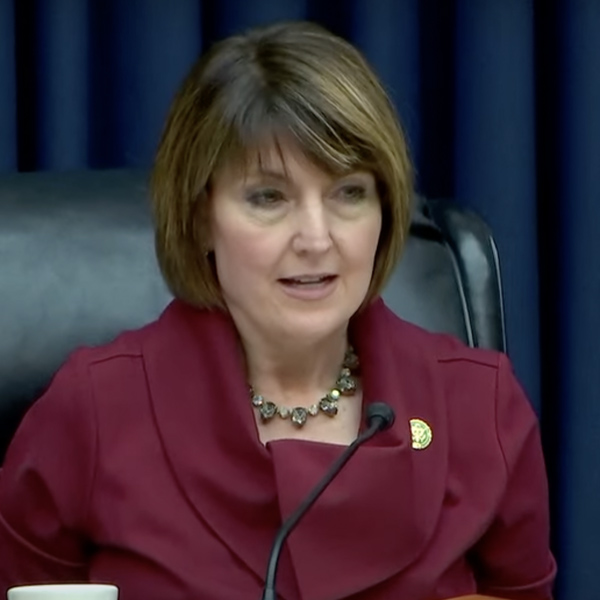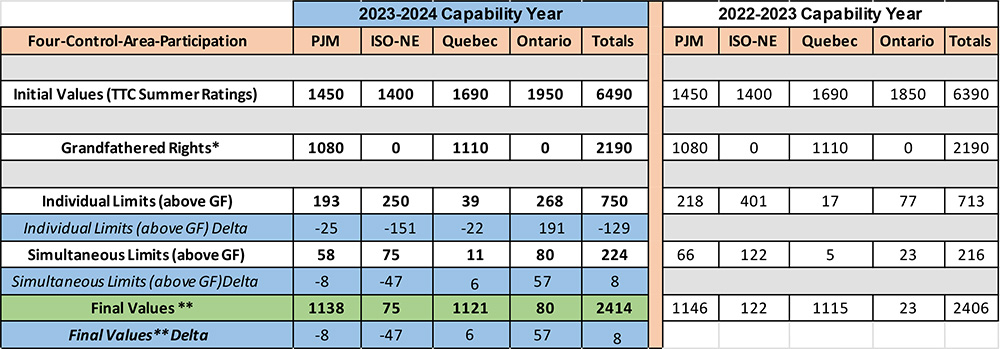New Jersey took a big step in promoting the use of low-carbon concrete Monday when Gov. Phil Murphy (D) signed a law that will provide business tax credits to producers who supply state projects concrete made with lower greenhouse gas emissions.
The law, S287, gives state corporation business and gross income tax credits to producers that provide more than 50 cubic yards of low-carbon concrete under a state procurement contract or to a private contractor contracted by state government. It enables the supplier to earn credits for up to 5% of the cost of the concrete if it is “low-embodied-carbon concrete.” The credits can be up to 3% if the concrete’s production incorporated “carbon capture, utilization and storage technology,” according to a legislative explanation of the bill.
Some producers may deliver concrete that meets both criteria, and so be eligible for up to 8% of the cost, an analysis by the state Office of Legislative Services said.
The law targets a major source of carbon emissions from one of the most widely used construction materials and could yield significant emissions reduction if low-carbon concrete is widely embraced, analysts say.
The Natural Resources Defense Council, which tracks low-carbon concrete initiatives, said the law is the first of its kind in the U.S.
“It’s a model for other states,” said Sasha Stashwick, NRDC’s director of industrial policy. The law is “a really unique policy that combines performance standards with performance incentives.”
“We hope to see a lot more states adopt it,” she said.
The bill’s enactment comes 14 months after New Jersey enacted a law, S3091, that provides builders with tax credits for using unit concrete — pre-fabricated concrete that is delivered in ready-to-use form, often as pavers or concrete blocks — produced in a low-carbon method. (See New Jersey Lawmakers Back Low-carbon Concrete.)
The International Energy Agency (IEA) has said that the cement sector, which provides a key ingredient of concrete, is the second largest industrial emitter of carbon emissions, generating about 7% of worldwide emissions.
Murphy, who has set a target for the state to reach net-zero emissions by 2050, said in a statement that the tax credit law is an example of the state’s “nation-leading innovation and cross-sector collaboration.” He said it shows that the benefits of clean energy extend beyond the environment and added that the law will “further support the construction of greener, cleaner buildings and roadways in New Jersey.”
“As our efforts to decarbonize our economy become more urgent, we must also ensure that they become increasingly more economically attractive,” Murphy said. “It’s bills like these that prove that the steps we take to combat climate change can — and will — stimulate economic activity and growth in the industries that remain key to our climate solution.”
Bipartisan Support
The law limits the amount of tax credits awarded to $10 million a year, and no producer can receive more than $1 million a year.
It requires the Department of Environmental Protection (DEP), working with the Department of Treasury, to create a process by which concrete producers can certify that their concrete is low-embodied-carbon concrete, or that its production used carbon capture, utilization and storage technology. The agency must produce a report three years after the program is implemented that contains a “cost-benefit analysis of the tax credits.”
The bill drew bipartisan support in the legislature, with a 74-4 vote in the General Assembly and 39-0 in the Senate. It was embraced by both environmentalists and business groups, such as the New Jersey Business & Industry Association (NJBIA), which is often at odds with some of the Murphy administration’s clean energy efforts.
“We must also incentivize the business community to further use innovative products and processes,” said Raymond Cantor, the NJBIA’s deputy chief government affairs officer. “This bill does exactly that, by providing tax incentives to developers to use low-carbon concrete.”
Reducing Cement Use
Stashwick said it’s not yet clear the extent to which the use of low-carbon concrete cuts emissions, in part because much of that depends on the specifics of each project.
Cement accounts for about 90% of the carbon emissions associated with concrete, and reducing the amount of cement in the concrete mix and replacing it with other ingredients can achieve a significant cut, perhaps by 50%, she said. But deeper cuts in emissions require changes upstream in production and in the plants that make it, with retrofitting and new technology, which can be expensive, she said.
“Cement kilns run at very high temperatures. So, you’re burning a lot of fossil fuels because you’re heating up the raw material,” she said. “So, the more we can reduce demand for cement with these types of policies like we have in New Jersey, the greater we will be able to reduce emissions associated with the final product, which is concrete.”
The governments of New Jersey, New York state and New York City are among the largest procuring low-carbon construction materials, with leaders in New York signing executive orders to do so, according to NRDC.
New York Gov. Kathy Hochul in January signed the Low Embodied Carbon Concrete Leadership Act (LECCLA), which established guidelines for procurement but was not as “robust” as the New Jersey law, Stashwick said. The New York law requires the Office of General Services to create a stakeholder panel to make recommendations for low-carbon concrete procurement policies, with that work set to start next month, she said.
“And now they have a real-world example of a type of policy that they could recommend for New York to adopt,” she said, referring to New Jersey’s new law.
In New York City, Mayor Eric Adams signed an order stating that “capital project agencies shall make their best efforts to incorporate low-carbon concrete specifications for all batch plant ready-mixed concrete used in capital projects and for concrete sidewalks.”
The Port Authority of New York and New Jersey also has made a point of using low-carbon concrete. The agency — which operates bridges, tunnels and the Port Authority Trans-Hudson, as well as three airports — enacted the Clean Construction program to promote low-emission construction, which included a requirement to use “low-carbon concrete mixes.”
The authority followed that in 2021 by enacting the Low Carbon Concrete Program, in which it put together a project with New York University and Rutgers University to develop and test new low-carbon concrete mixes.



